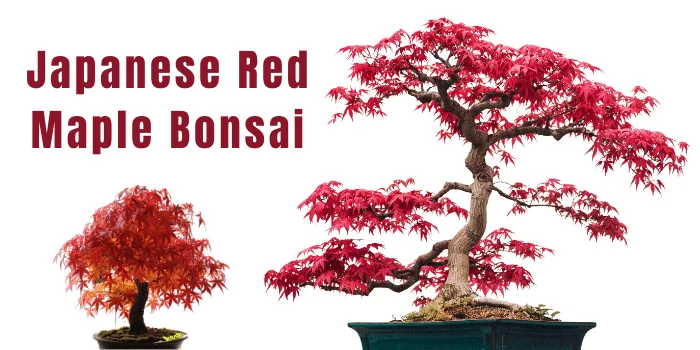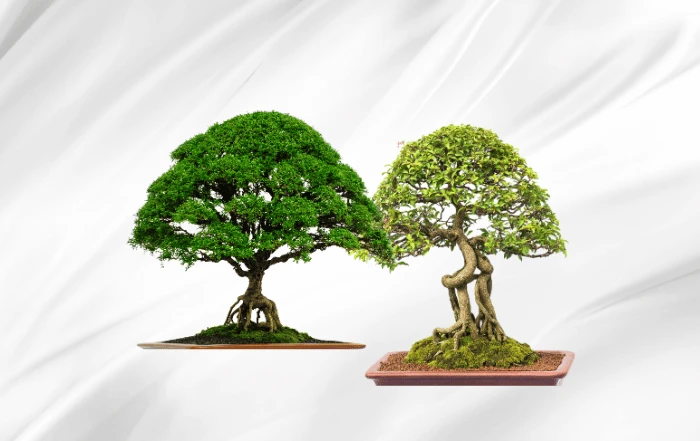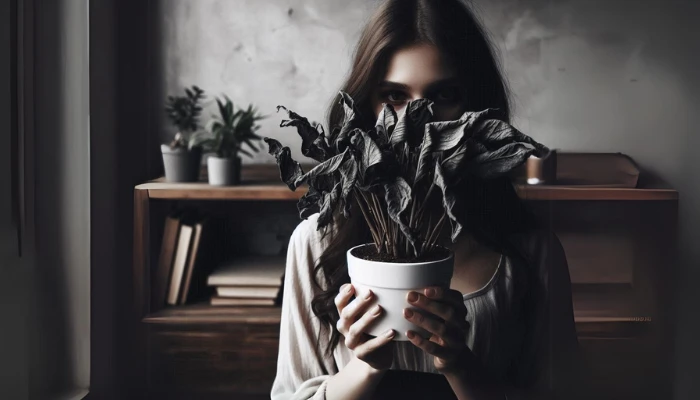Brief History of Bonsai
Nearly everyone has heard of the Bonsai tree, but few people know the history of the miniature shrub. Even fewer still know just where this Japanese tradition began.
Bonsai is a Japanese term which, in its native language, translates to mean “tray gardening”. This term describes exactly what bonsai is, as it is a tree which is grown in a small pot or tub, enabling it to be kept indoors.
These trees are not always genetically predisposed to be small, and so they are kept this way through careful pruning. The ability to care for a bonsai tree, keeping it small and healthy, is an art form in itself.
The trees are commonly pruned into an aesthetically pleasing shape, another reason why they are seen as works of art and not just as plants.
The term bonsai is widely known and understood, and yet the art was originally found in China, by the name of penjing.
The Japanese art of bonsai stemmed from this, and so is actually more modern than the Chinese.
However, the Japanese version is the one which is more widely known.
Discoveries have been made in Egyptian tombs of sketches showing miniature trees in pots.
These are thought to have been kept for decorative purposes and the pictures date back to 4000 years ago!
After this time there is evidence to suggest that trees were transported in the caravans in Asia as they travelled around as they were used for their medicinal properties should someone become ill.
The art of bonsai as we know it stems from the Chinese art of penjing, which is a 2000-year-old tradition. It was brought to Japan somewhere between the 7th – 9th centuries by the Imperial Embassies to Tang China.
Initially it was enjoyed only by the nobility and was not a hobby which was enjoyed by the masses.
However, over time it began to filter down through the social hierarchy and became something which much of the population enjoyed.
The practice of pruning and shaping miniature trees is still in place in both China and Japan.
However, the Chinese tend to keep them for outdoor displays and so, although still smaller than normal trees, they are somewhat larger than the Japanese versions, who create the pieces of art to be displayed primarily in the home.
For anyone considering getting into this hobby, it’s important to read up on the subject beforehand, as the trees require careful nurturing.
It’s not just the leaves which require trimming, the roots need to be tended to also and the amount of water they require is practically an art form in itself.
Information on this is widely available on the Internet, meaning that anyone serious about trying this should be able to do so successfully with a little research.

Getting Started With The Japanese Maple: Perfect For Bonsai Beginners
The relaxing practice of Bonsai isn’t complicated, especially if you start out with the Japanese Maple Bonsai. These are not only beautiful trees, but perfect for beginners.
The Japanese Maple Bonsai Tree comes in several varieties, and all of these different trees offer some great color during the spring and fall.
Just like outdoor maples, the Japanese Maple Bonsai tree will have leaves that change color in the fall.
The tree will also lose its leaves and become dormant during the winter months.
These trees are not only easy to care for but very colorful.
The Japanese Red Maple Bonsai has red leaves all summer that become brighter in the fall. The trunk and branches can also become different shades of green and red.
Another popular species of the Japanese Maple Bonsai is the Bloodgood Japanese Maple.
This beautifully shaped tree has leaves that are reddish purple during the warm months and become a bright crimson color in the fall.
For a Japanese Maple Bonsai that you can keep outdoors on the patio, the Crimson Queen Maple is a good choice.
This tree is actually a dwarf and grows to be about ten feet. When pruned properly, this type of maple also can make a good indoor Japanese Maple Bonsai Tree.
Its leaves are long and have a feathery appearance that transforms from dark red in the summer, to a deep red in the fall. It has a charming, sweeping shape.
Though the Japanese Maple Bonsai is the most popular of the Maple Bonsai Trees, there are other Maple species that work beautifully as Bonsai Plants.
This includes the Sugar and Norway Maple Trees and the Red Sunset Maple, which offers a good red fall color as well as a nice balance of proportion.
More To Discover
- Unlock the Secrets of Herbal Tea: Grow Your Own Tea and Savor Every Sip For Less
- The Secret Weapon of a Top Indoor Landscape Artist and 5 Other Indoor Plants That Love the Dark
- Grow Some Interesting and Conversation Starting Plants You Won’t Find at Your Local Greenhouse
- Creating a Container Pollinator Garden for Small Spaces in 7 Steps
All different types of Bonsai Trees are available from specialty nurseries; or you can try growing one yourself from seed.
It is advised that you find out all you can about growing and caring for the Bonsai Tree before you start. This will help avoid unnecessary frustration.
If you want to try growing a Bonsai Tree for yourself, take a closer look at many of the Maple species, especially the Japanese Maple Bonsai. You just may find that it is much easier than you would have believed.

















